 Abraham Lincoln
If given the truth, the people can be depended upon to meet any national crisis...
Abraham Lincoln
If given the truth, the people can be depended upon to meet any national crisis...
 Guildford news...
for Guildford people, brought to you by Guildford reporters - Guildford's own news service
Guildford news...
for Guildford people, brought to you by Guildford reporters - Guildford's own news service
Birdwatcher’s Diary No.201
Published on: 19 Jan, 2020
Updated on: 19 Jan, 2020
By Malcolm Fincham
A long awaited dry spell of weather had at last arrived to greet in the new year around the Surrey Hills.
With a small posse of pals, it was time once again to begin our annual challenge for each of us to see more than 200 different species of birds during 2020.
Although this includes all areas we “chance” to visit around the UK, January 1 began in area around Guildford.
The ponds at Cutt Mill, Puttenham were our first venue soon after dawn on New Year’s Day. Through the murk and mist we eventually counted at least 16 goosanders on the far side of the waters.
A few mandarin ducks could also be viewed, too difficult to photo, as they secluded themselves under the overhanging foliage on the far bank.
On the Tarn pond just across the road, a kingfisher could be picked out as it flew low across the water. Having added a few more common species, such as coot, moorhen, and great crested grebe, we moved on to Frensham Great Pond.
On the signpost, pointing us in the direction of the outlet pond, sat a robin.
As we walked the path that leads around the outlet pond, we were taken by surprise as we accidentally spooked a little owl from its perch beside the footpath.
Fortunately, it settled just long enough to record a few shots with my camera, before it took flight, merging out of sight as it blended in with its surroundings.
We ended the day on my local patch at the Riverside Nature Reserve, near Burpham. Although the quality of my photos had been far from my best that day, mostly due to the overcast conditions, between us we were able to count just under 60 different species. A reasonable tally for the time of year!
Sunday, January 5 turned out to be a day of better fortune, as well as a better one for photographs. Although mostly overcast, the weather continued to remain dry, with light cloud throughout southern regions of the country.
A prearranged trip to Norfolk with Bob, and high ranking birdwatching friends Dougal and John, added a few rarities to our year lists. These included a couple of “lifers” for me!
Heading in the direction of Hunstanton on the north Norfolk coast, we first stopped off at the village of Sedgeford.
A blue-headed eastern yellow wagtail had been reported there, on and around a dung heap in a field adjacent to Ringstead Road. To our good fortune it was not only still present, but showing very well around the puddles, close to the manure pile.
Click here for a You Tube clip of the wagtail on the dung heap.
It was joined by a small mixed flock of other species of birds. A pied wagtail seemed to realise it was in some way related as a species, often hanging about, close by.
In the surrounding hedgerows were a small flock of yellowhammers.
Looking around the vast expanse of level countryside that surrounded us, a distant drove of brown hares could be viewed.
The reasonably mild weather for the time of the year had already elevated the testosterone levels in males, as some could already be seen sparring.
The boxing usually occurs when a male is being too persistent with a female, chasing her across fields in an attempt to mate. When she’s had enough, she’ll turn around and try to fend him off in a fierce boxing match!
These male hares were obviously very premature, in their usual March madness.
A little closer across the field a group of wintering fieldfares could be viewed, picking in the soft soil for food.
Returning to the car, we headed off through the narrow country lanes of Norfolk to the nearby village of Fring. In the fields there hundreds of pink-footed geese could be viewed as they grazed.
While the occasional skeins of geese could be seen arriving to join them.
Among them several other species of geese had previously been reported. With Dougal and John’s keen eyes and “scopes”, it wasn’t too long before we managed to pick them out.
These included a few tundra bean geese.
A few barnacle geese.
And a lone, grey bellied brent, that could be seen spending most of its time, as we watched, attempting to chase all the others away.
Adding to our year’s sightings was one of several marsh harriers we saw that day, as it glided overhead.
On arriving on the north Norfolk coast were a flock of 10 twites, a bird I’ve only seen before during summer months in northern Scotland, where they breed.
Our next stop was to see a rough-legged buzzard that was wintering in the area.
Parking up in Lady Annes Drive in Holkham, we ventured down to the beach.
Here we added brent geese and a selection of grazing wigeon.
A covey of 10 or more grey partridges also showed well.
Walking across the vast area of sand that lead toward the beach at Holkham we arrived at an area that had been cordoned off with rope.
Within it were more than 80 snow buntings huddled together, feeding within what appeared to be barren of food.

A large flock of common scoters, with what may be a velvet scooter (white wingbars) seen lower right.
A brief spell of sea watching as the afternoon light began to fade, saw a large flock of more 400 common scoters. I even managed to pick out the white wing-bars of what I believe to have been a couple of velvet scoters within the flock.
Finally adding merganser and long-tailed duck to our sightings, so far, this year, although both too distant to photograph.
On a mild, but breezy January 12, we headed to Farlington marshes on the outskirts of Portsmouth for our first visit of the year.
Diverting on our way to Heath Pond in Petersfield. A ruddy shelduck had been reported there and gave good close-up views as it mingled among the Egyptian geese.
We also stopped at Warblington, a little known coastal village just off the A3, near Farlington. Three cattle egrets could be viewed, mingling, with several little egrets, among the cattle.
At Farlington the sea was at high tide on our arrival. It was a spring tide too and a strong breeze was pushing sea water spray over the sea wall.
Out on the lagoon a group of 30 or so avocets could be seen, grouped up together, mostly snoozing.
The high tide had pushed a variety of waders on to the lagoons as well as on to the marshes. These included numerous lapwings.
As well as a few resting knots alongside a grey plover.
Brent geese appeared to be in their usual large wintering numbers.
Wintering wildfowl there included teal, while those smart-looking pintails, were, as always, present.
Looking across the fields, several curlews probed their beaks into the soft, muddy soil.
A lone common snipe, head tucked in, snoozed by a tuft of long grass beside one of the small pools.
A large mixed flock of dunlins and ringed plovers could be viewed across the field, rising as one, majestically twisting and turning in a kind of helix formation, glistening, silvery-white, as their undersides caught the light.
Meanwhile, more could be seen as they streamed in off the sea in small “flings” to join them as the tide peaked.
Out in the harbour a cormorant struggled as it attempted and then successfully swallowed a large fish that at first looked too big to consume.
And a red-breasted merganser could be viewed.
One “critter” I always hope to see at Farlington are the bearded tits that dwell among the reed beds.
Having been told so many times in year’s gone by: “You wont see bearded tits on a windy day!” this theory was “blown out of the water” on this occasion.
By the observation point, looking down on the reed beds at the main lagoon, at least seven could be observed.
Although insectivores during the summer months, they become dependant on the seed-heads of the reedbeds at this time of the year.
Attempts to focus on them was my only problem. Although a strong breeze constantly blew in off the sea, they did show well as they swayed back and forth on the reed stems.
As well as adding a wren to the day’s list, we realised the tide behind us had by begun to recede.
This allowed us just enough time, as the sun dropped low in the afternoon sky, to head to Southsea Castle, in Portsmouth, to view the reported 11 purple sandpipers, feeding among the rocks.
Also adding a rock pipet to our 2020 year’s listings.

See Dragon story: GBC’s Explanation of Major Land Sale Notice Error ‘Borders on Arrogant’ Says Councillor




Recent Articles
- Notice: Exhibition – Ripley – World Famous Cycling Mecca
- Volunteer Organisers for the Poppy Appeal Urgently Needed
- ‘Damning’ Report Debated at Council Meeting – CEO Calls for Councillors to Come Together
- Surrey Children’s Services Improvement Recognised by Ofsted
- Independent Guildford Stationers Are ‘Top of the Shops’
- Birdwatcher’s Diary No.304
- Cyclist Dies in Peaslake
- Surviving Strategic Director Quits to Take Up CEO Role with a West Sussex Council
- Letter: Damning Reports Should Not Be Used to Gain Political Advantage
- New Leader of the Opposition at Waverley


Search in Site
Media Gallery
Dragon Interview: Local Artist Leaves Her Mark At One of England’s Most Historic Buildings
January 21, 2023 / No Comment / Read MoreDragon Interview: Lib Dem Planning Chair: ‘Current Policy Doesn’t Work for Local People’
January 19, 2023 / No Comment / Read MoreA3 Tunnel in Guildford ‘Necessary’ for New Homes, Says Guildford’s MP
January 10, 2023 / No Comment / Read More‘Madness’ for London Road Scheme to Go Ahead Against ‘Huge Opposition’, Says SCC Leader
January 6, 2023 / No Comment / Read MoreCouncillor’s Son Starts Campaign for More Consultation on North Street Plan
December 30, 2022 / No Comment / Read MoreCounty Council Climbs Down Over London Road Works – Further ‘Engagement’ Period Announced
December 14, 2022 / No Comment / Read MoreDragon Interview: GBC Reaction to the Government’s Expected Decision to Relax Housing Targets
December 7, 2022 / No Comment / Read MoreHow Can Our Town Centre Businesses Recover? Watch the Shop Front Debate
May 18, 2020 / No Comment / Read More



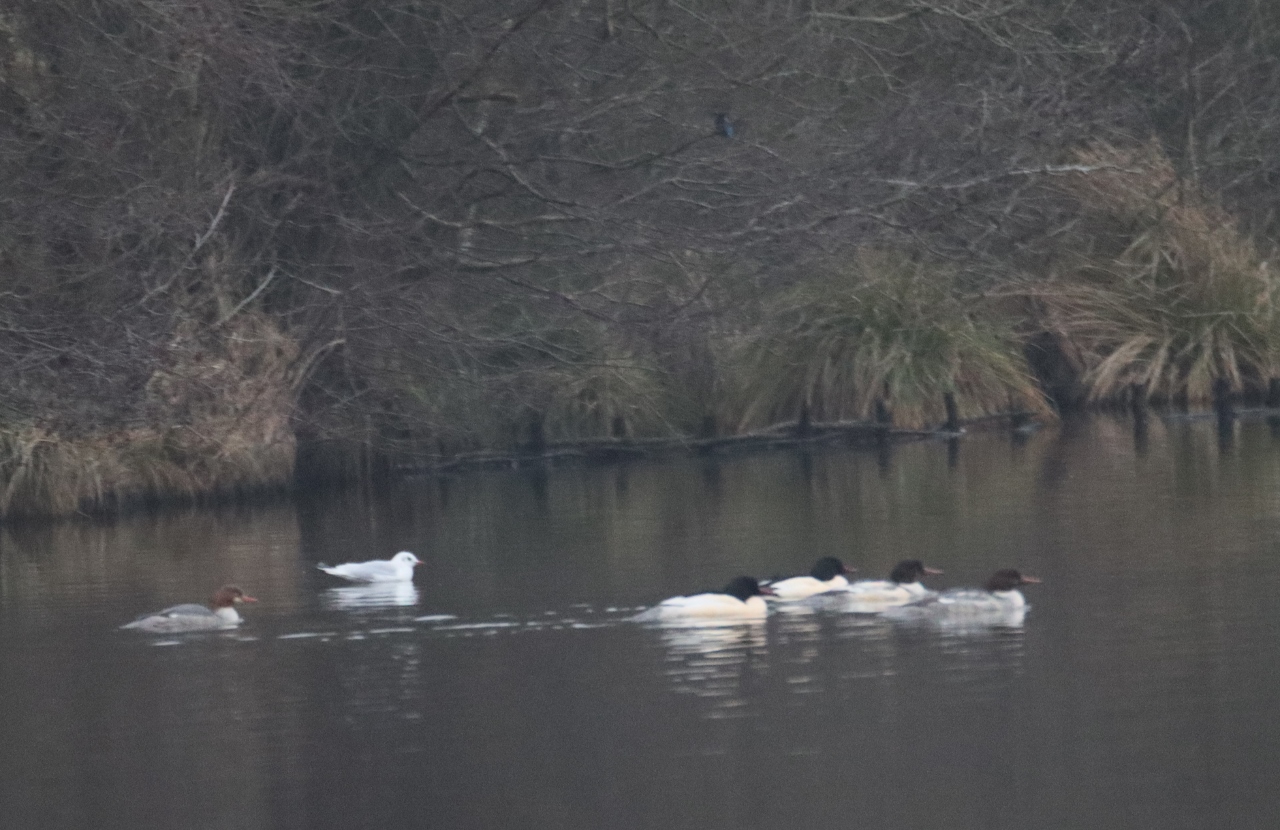
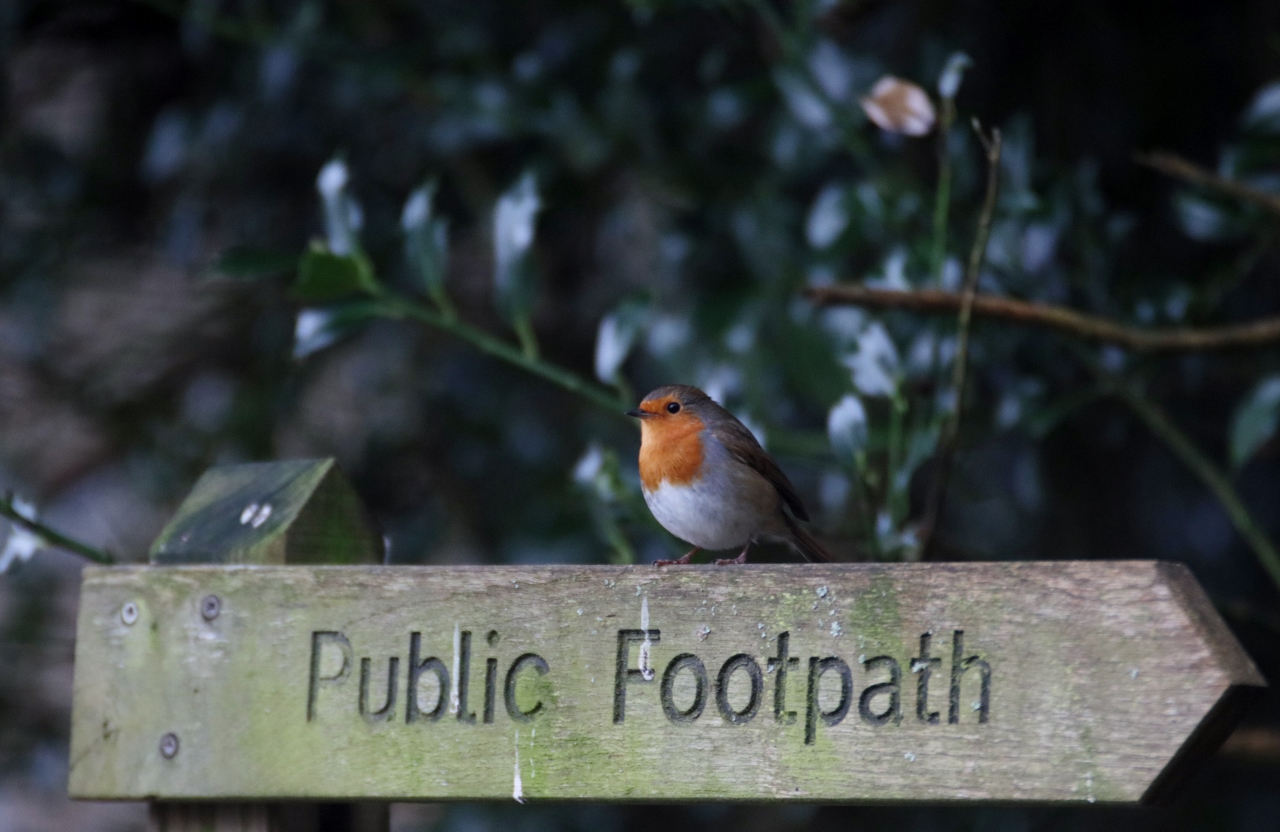

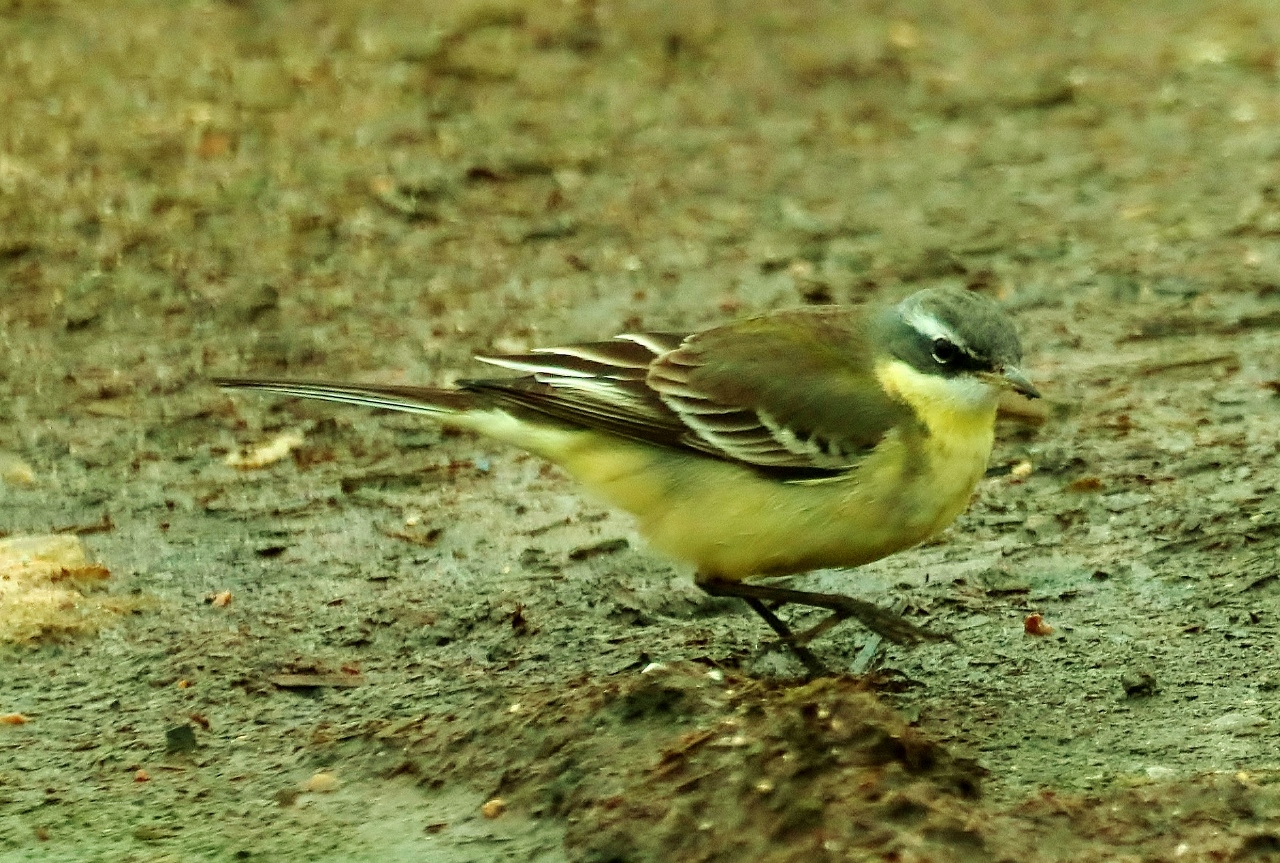


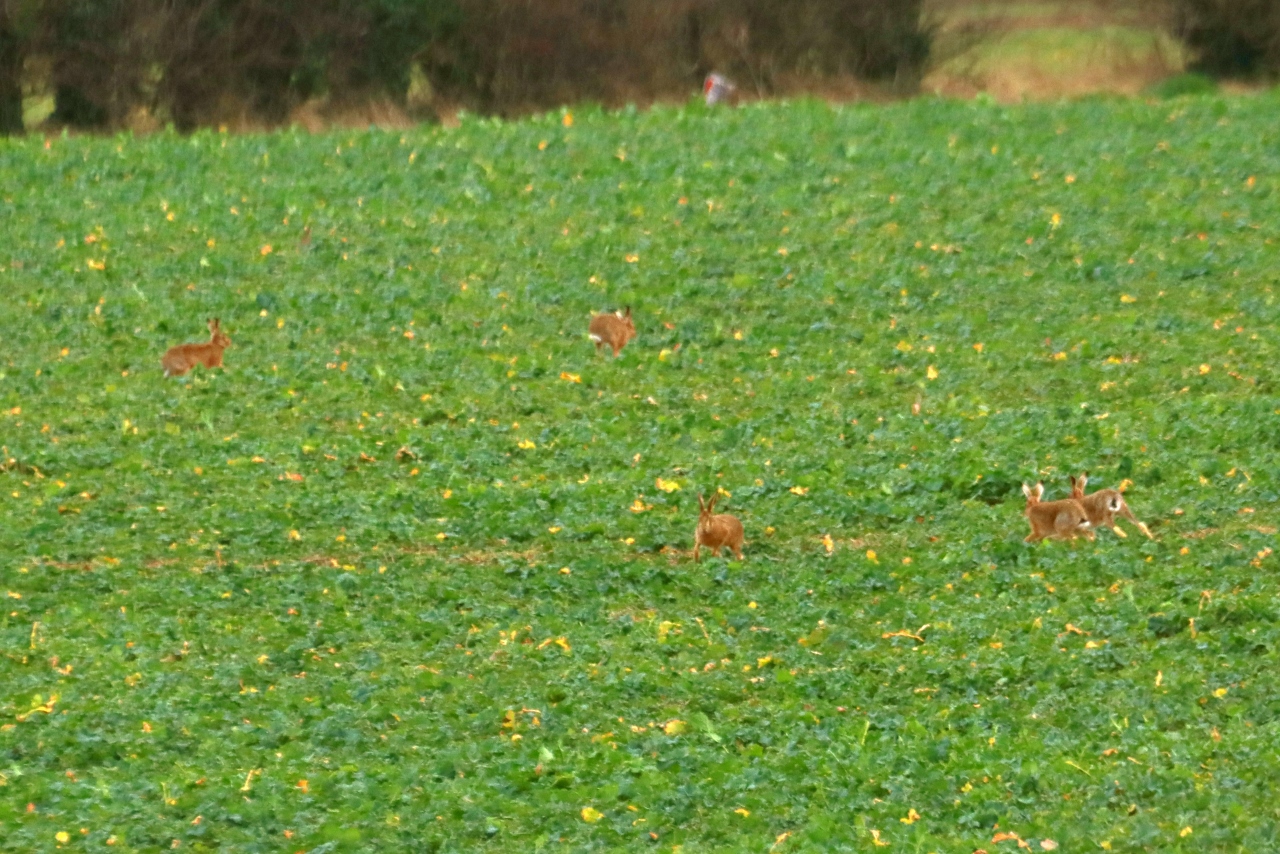
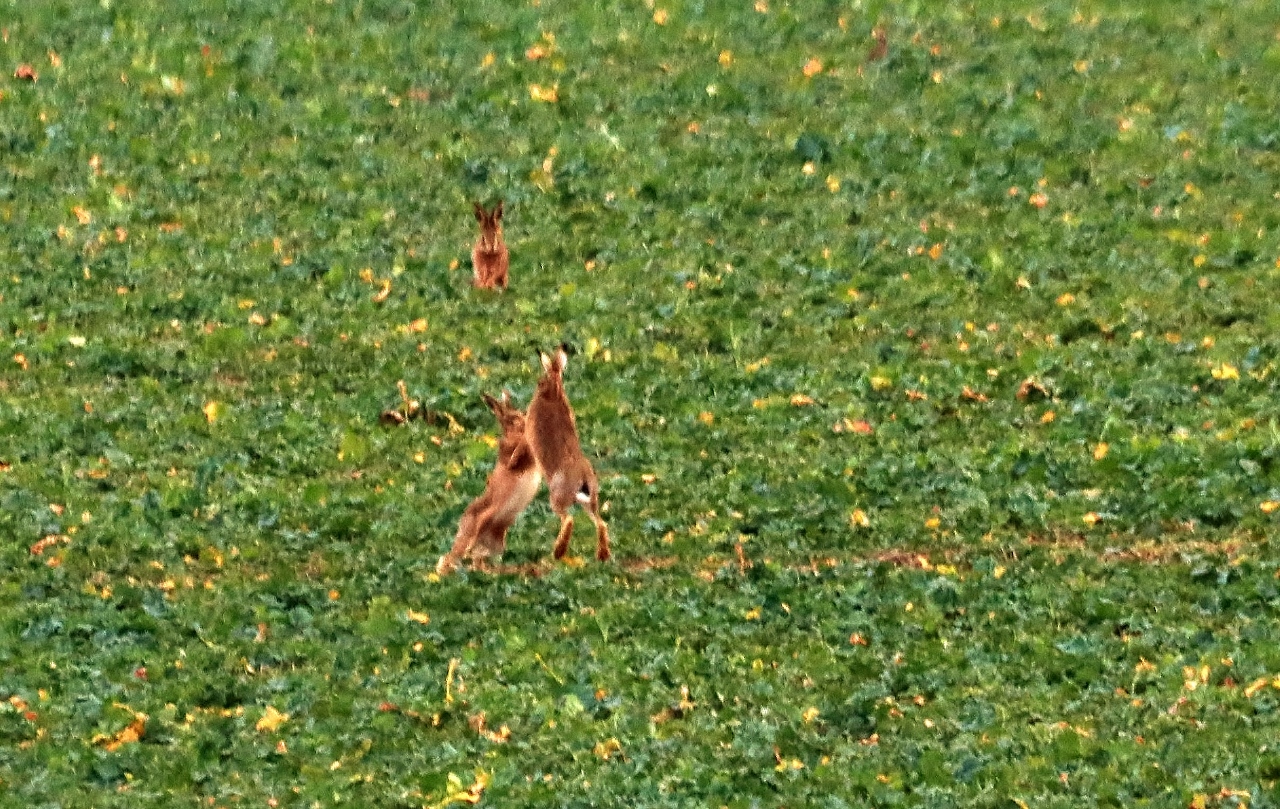
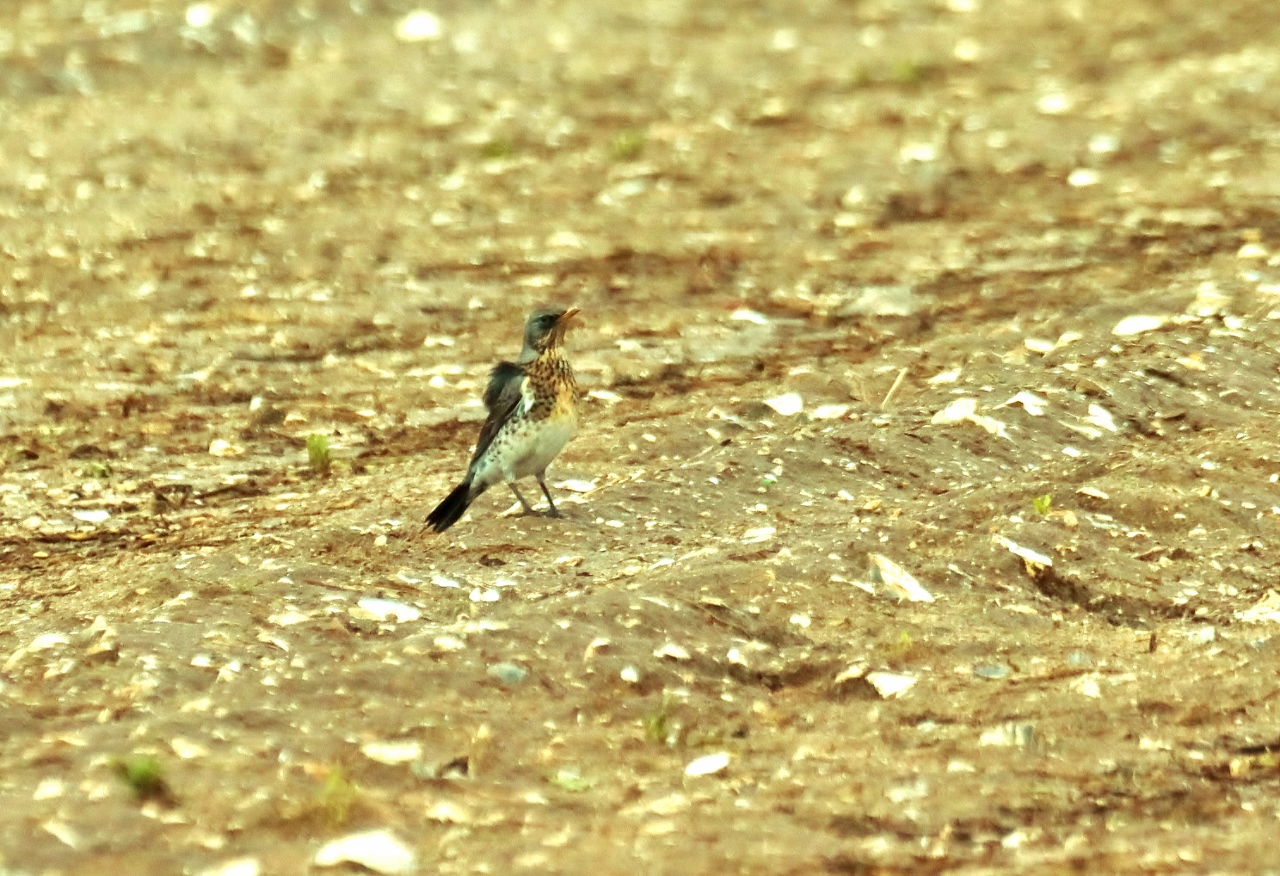
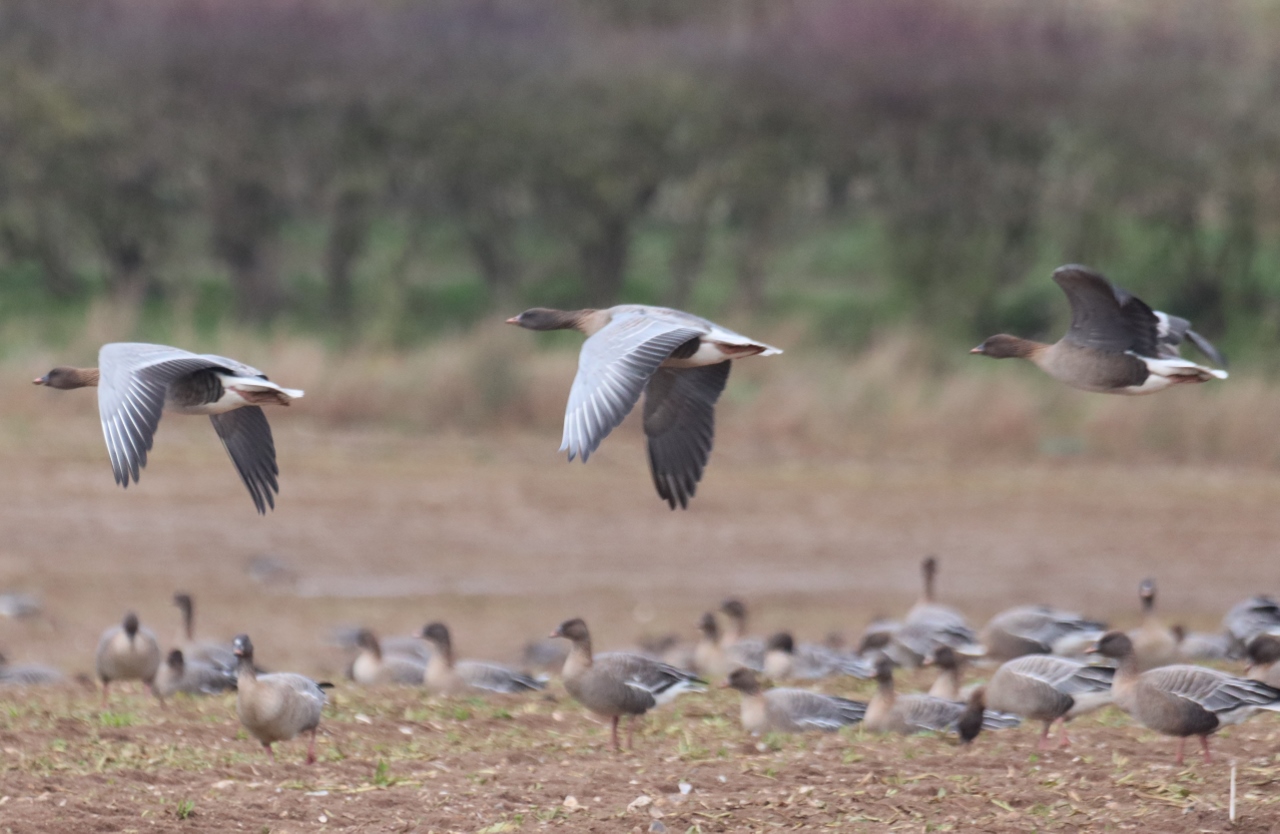
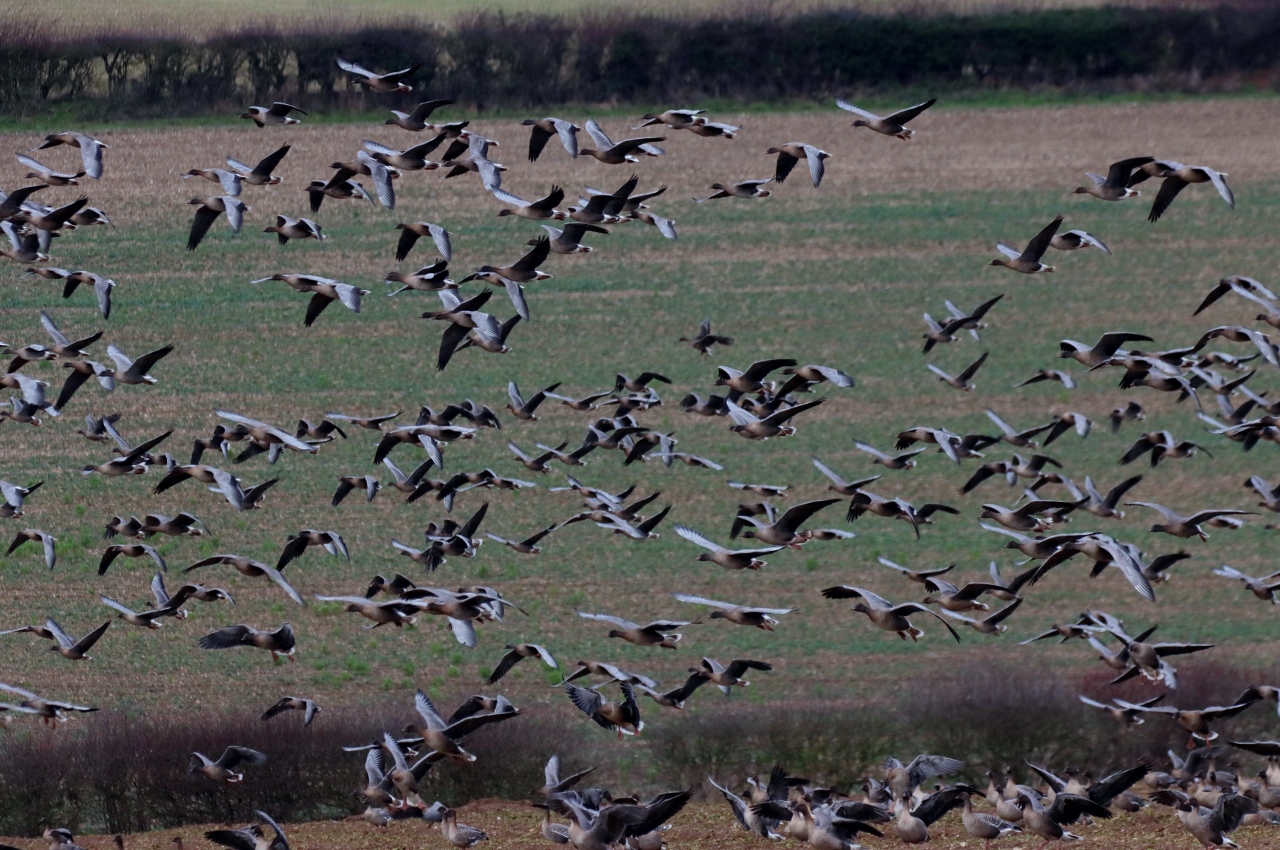

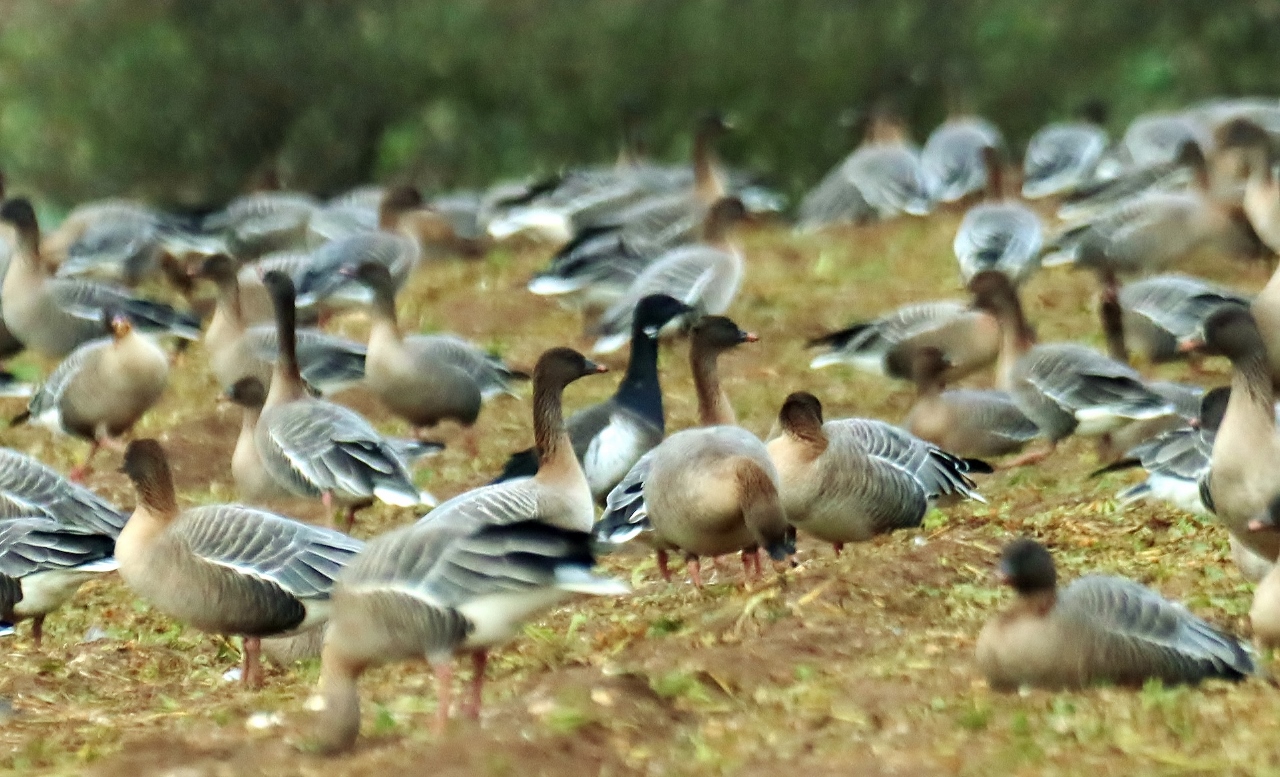

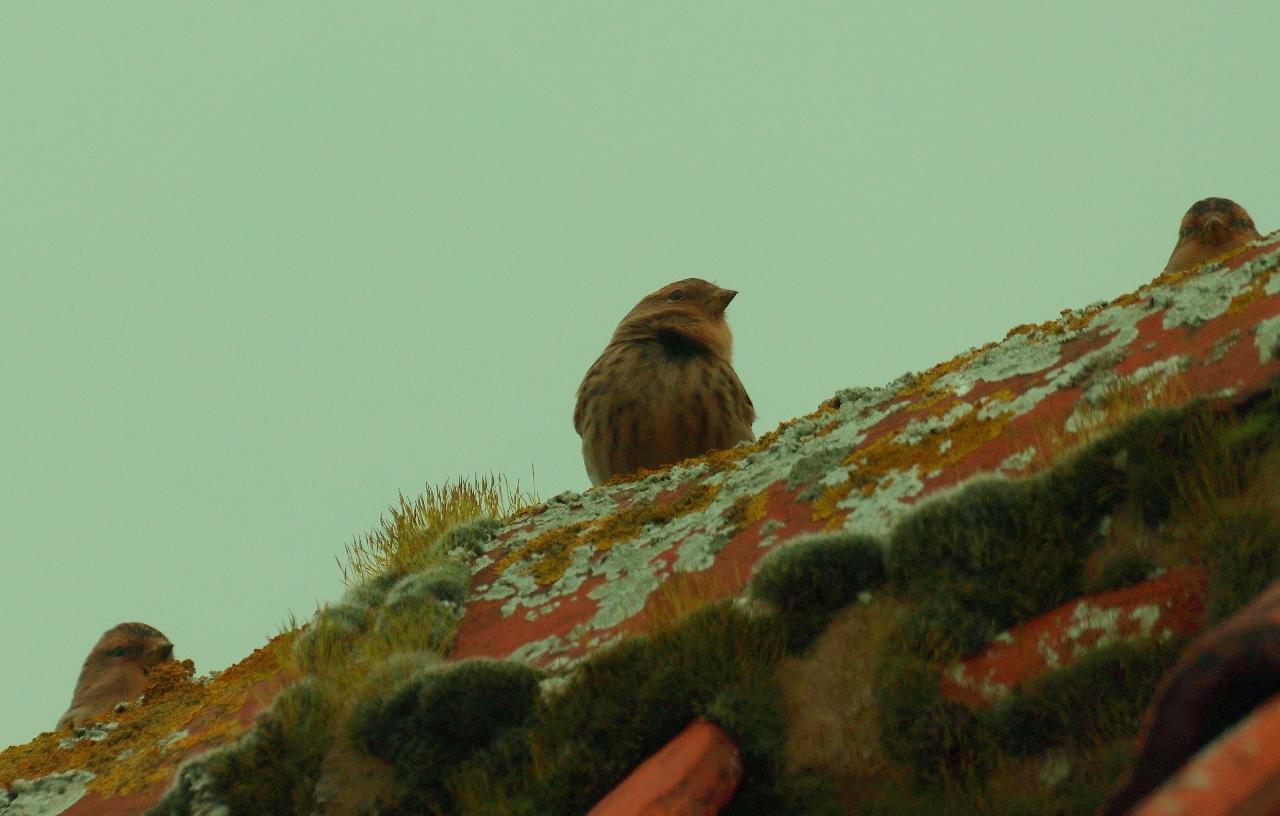


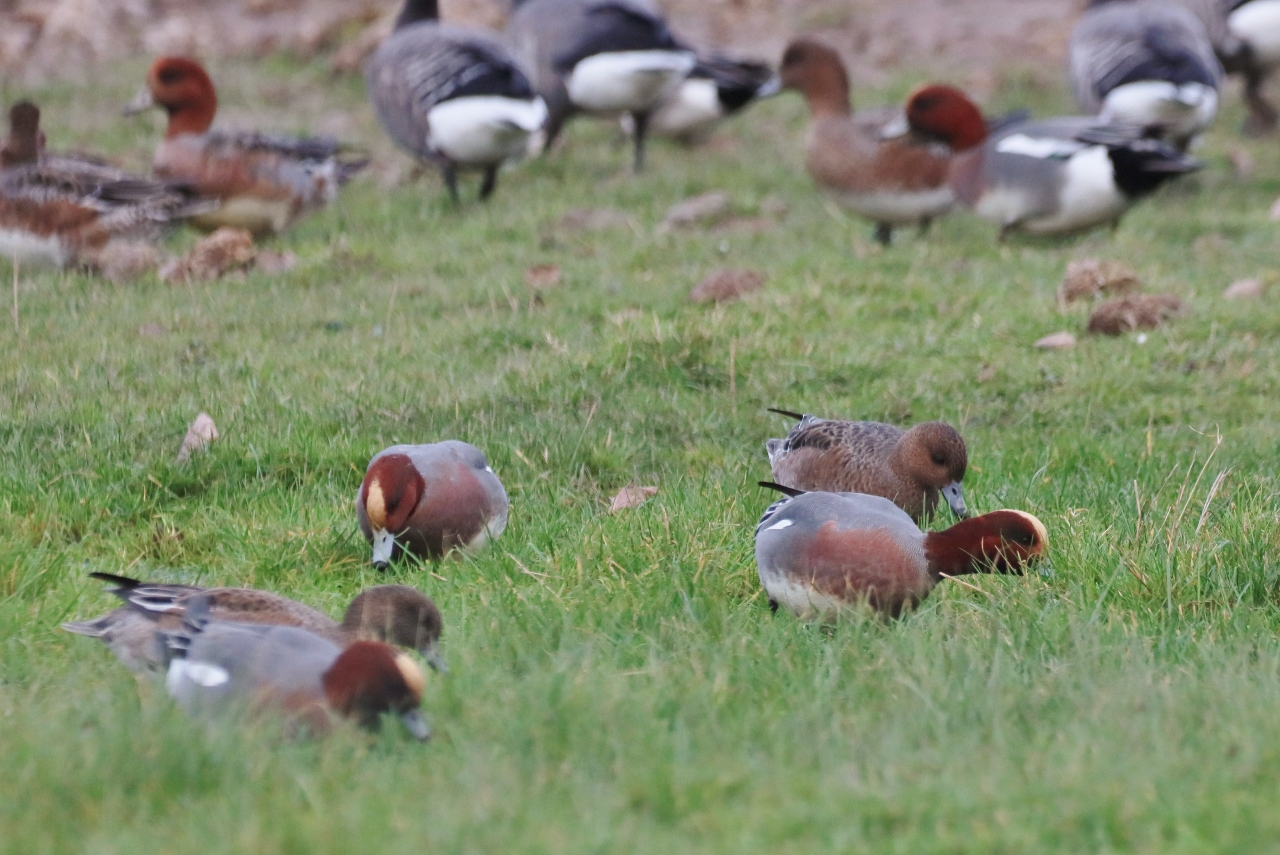
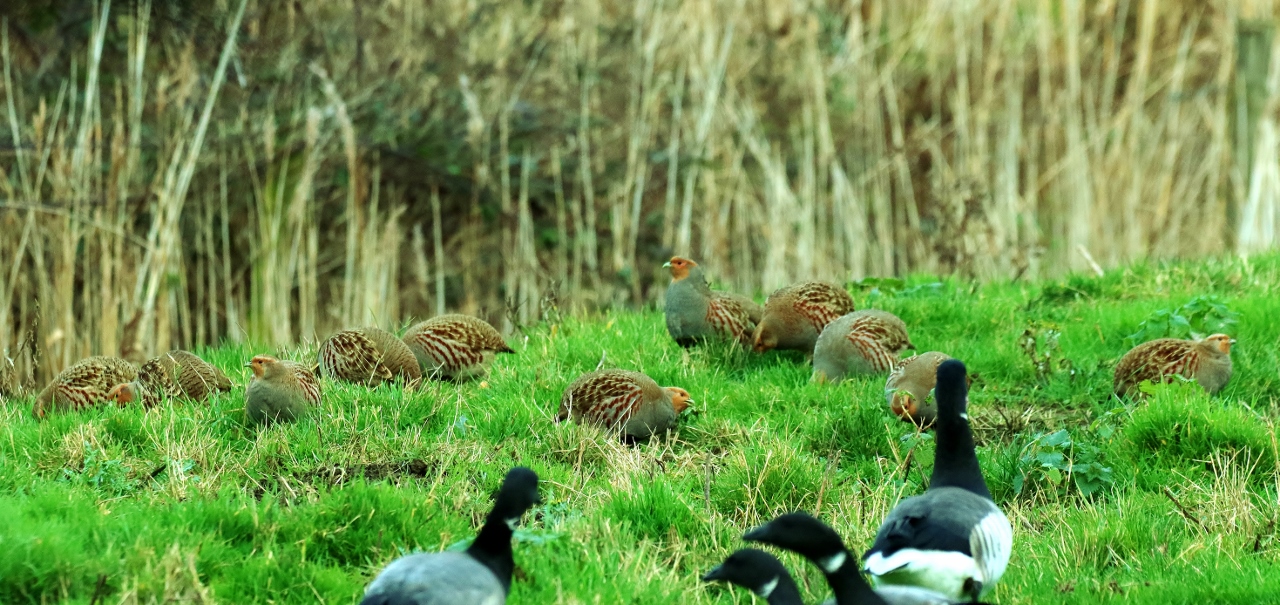

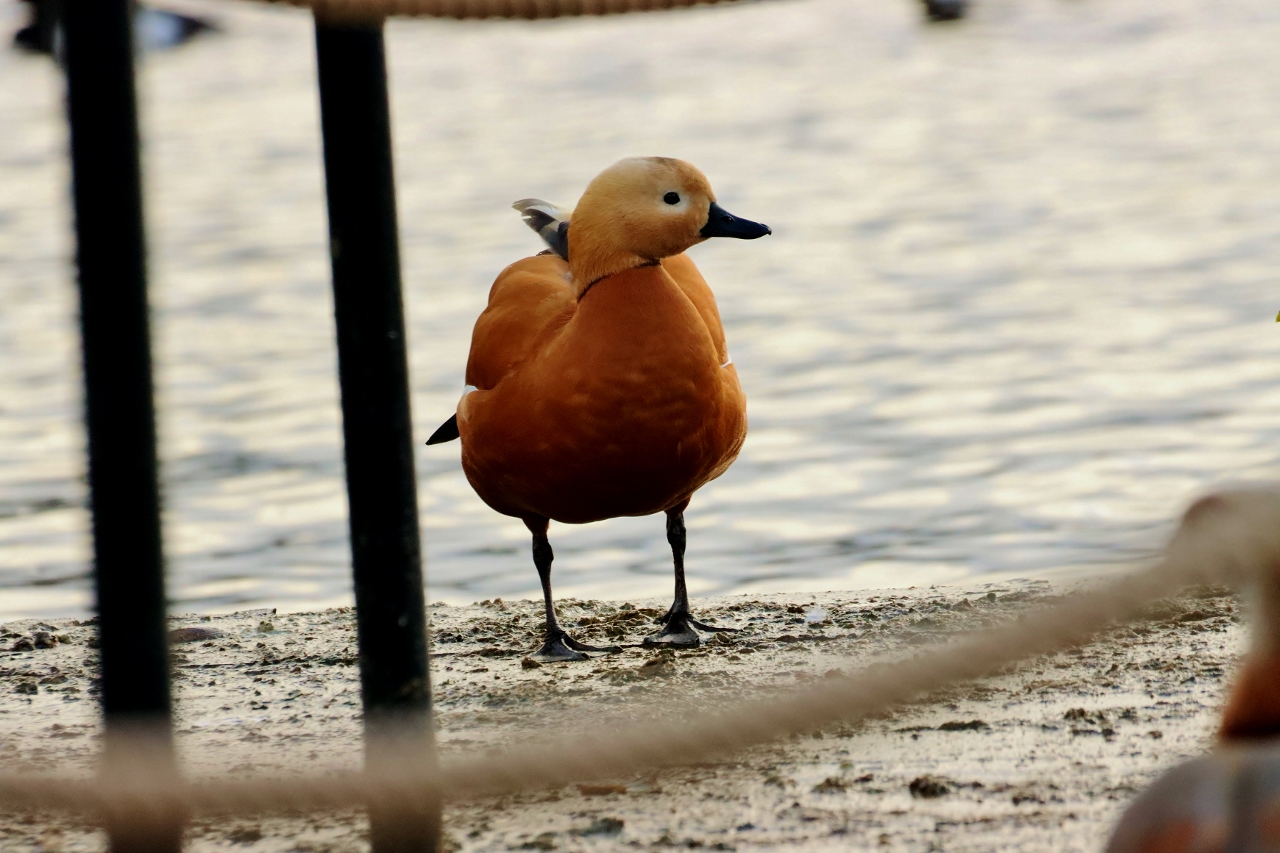

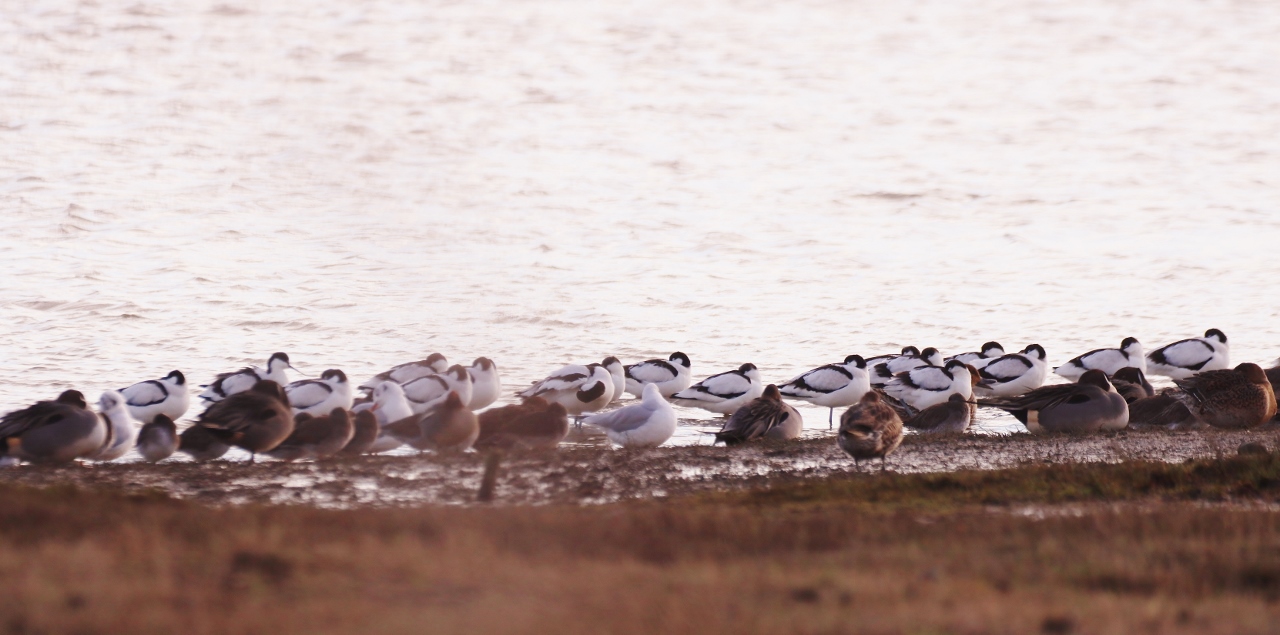

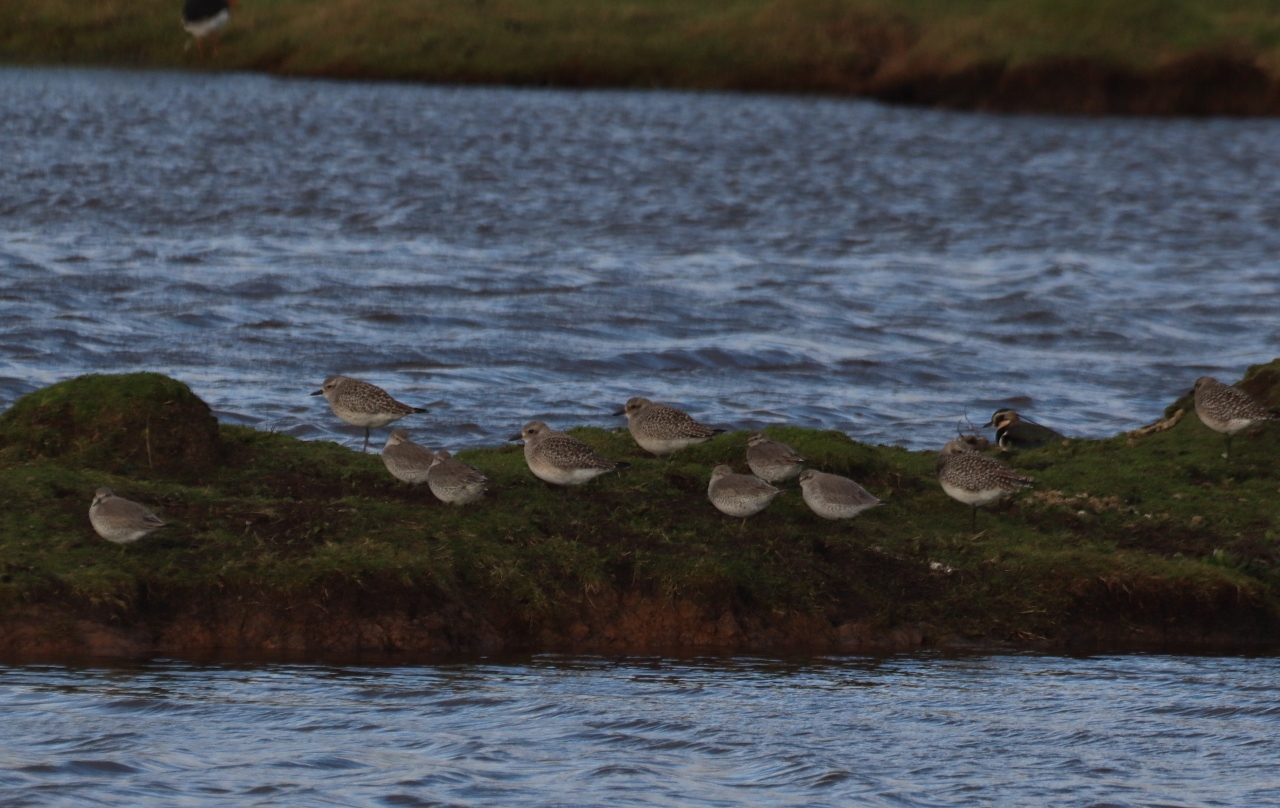


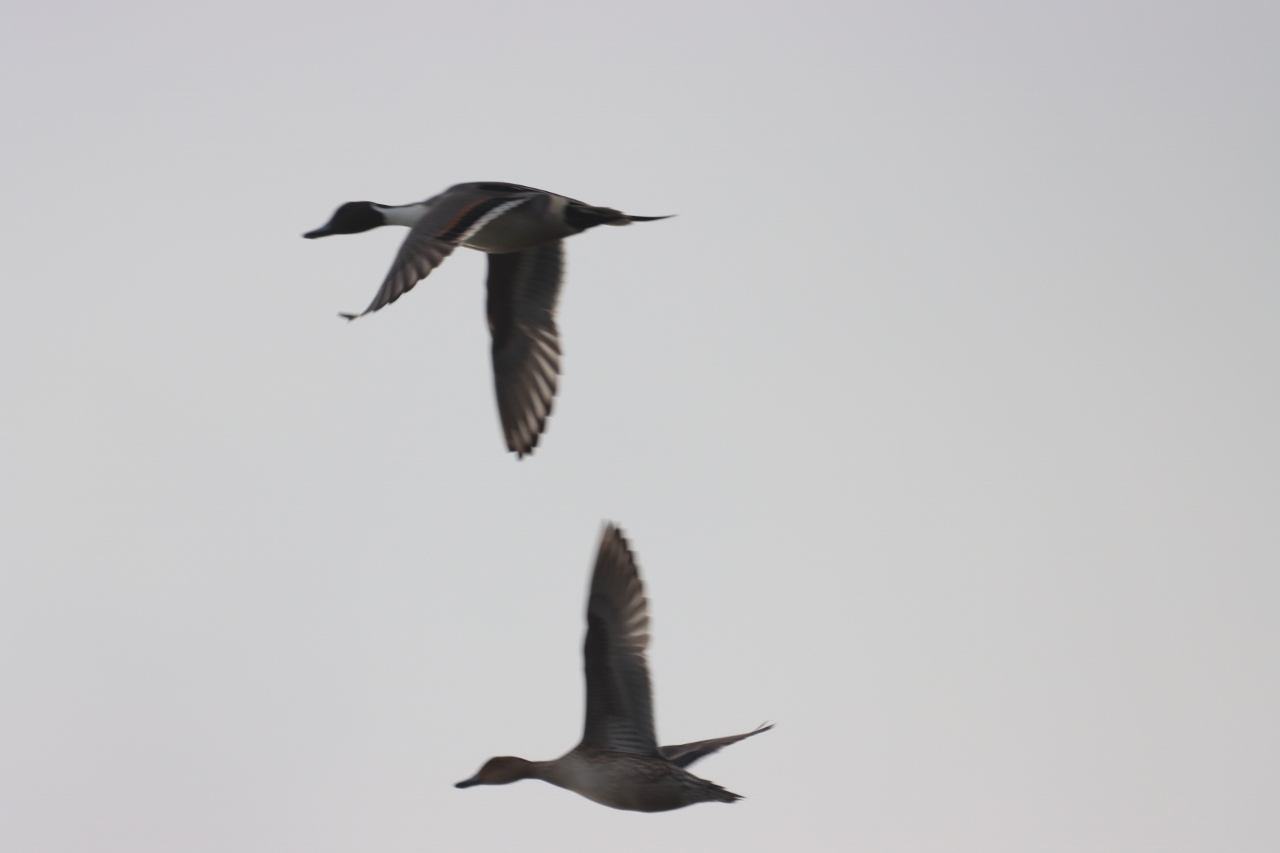
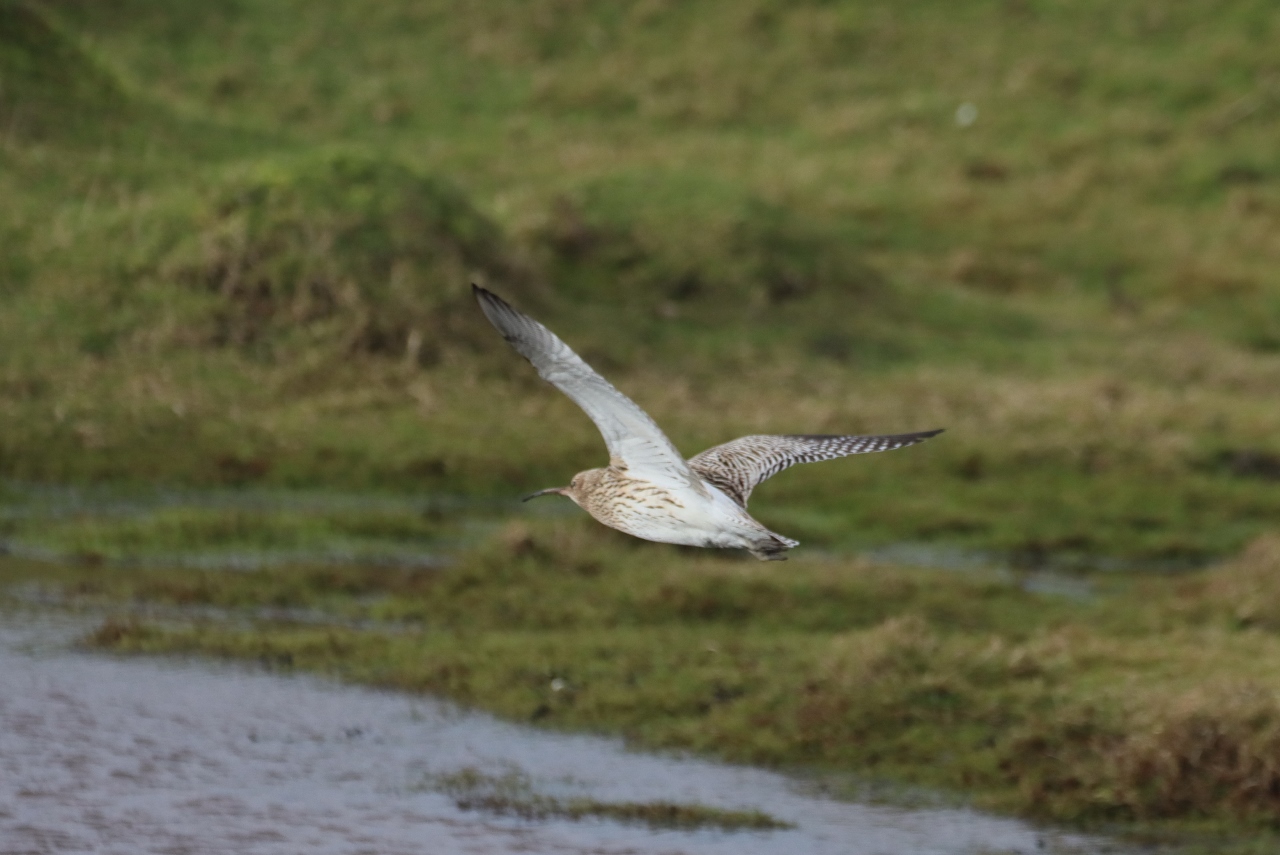
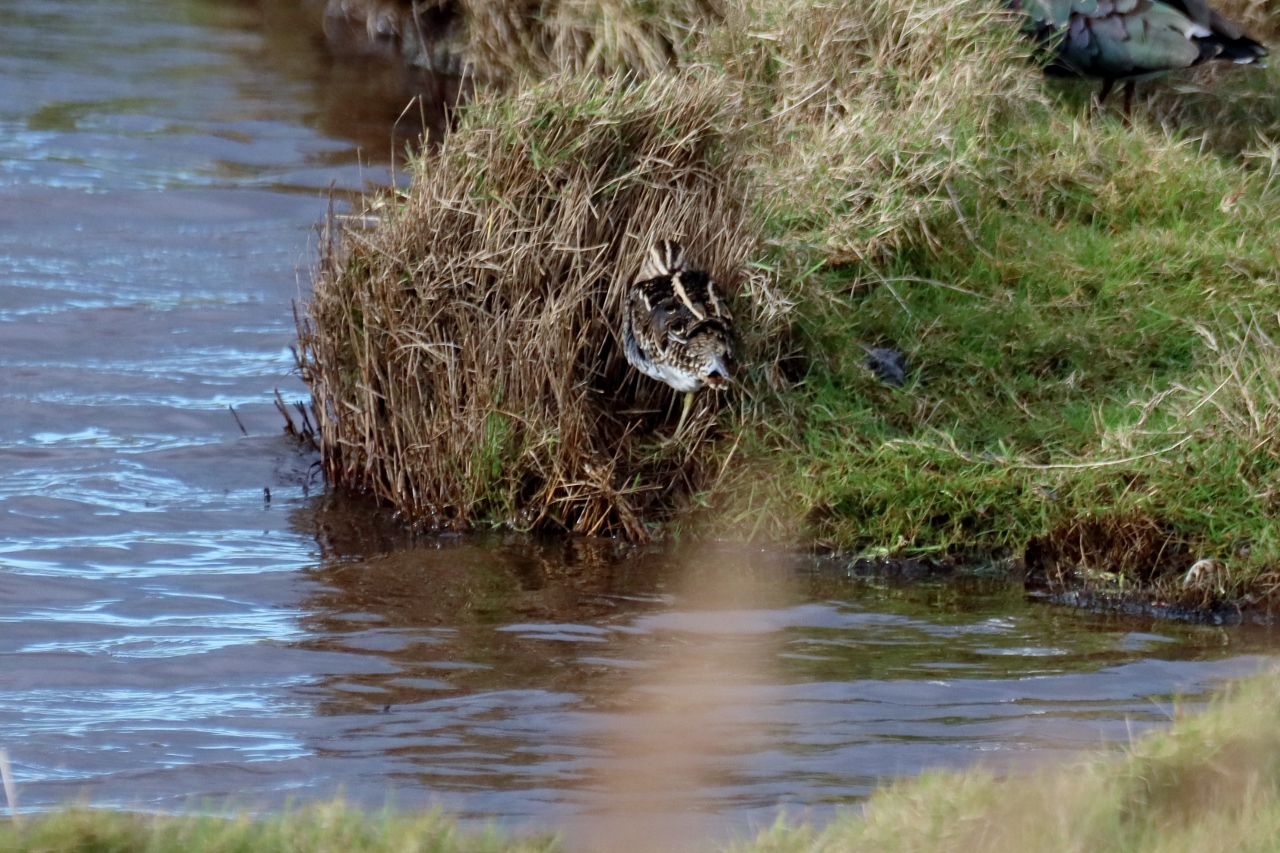

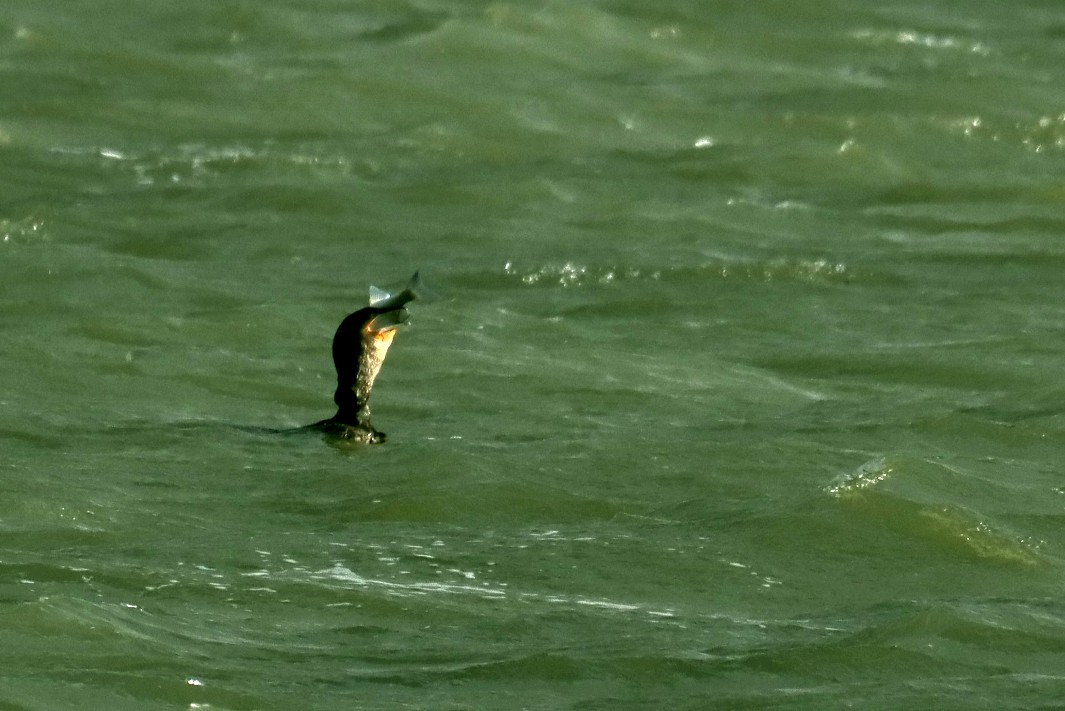
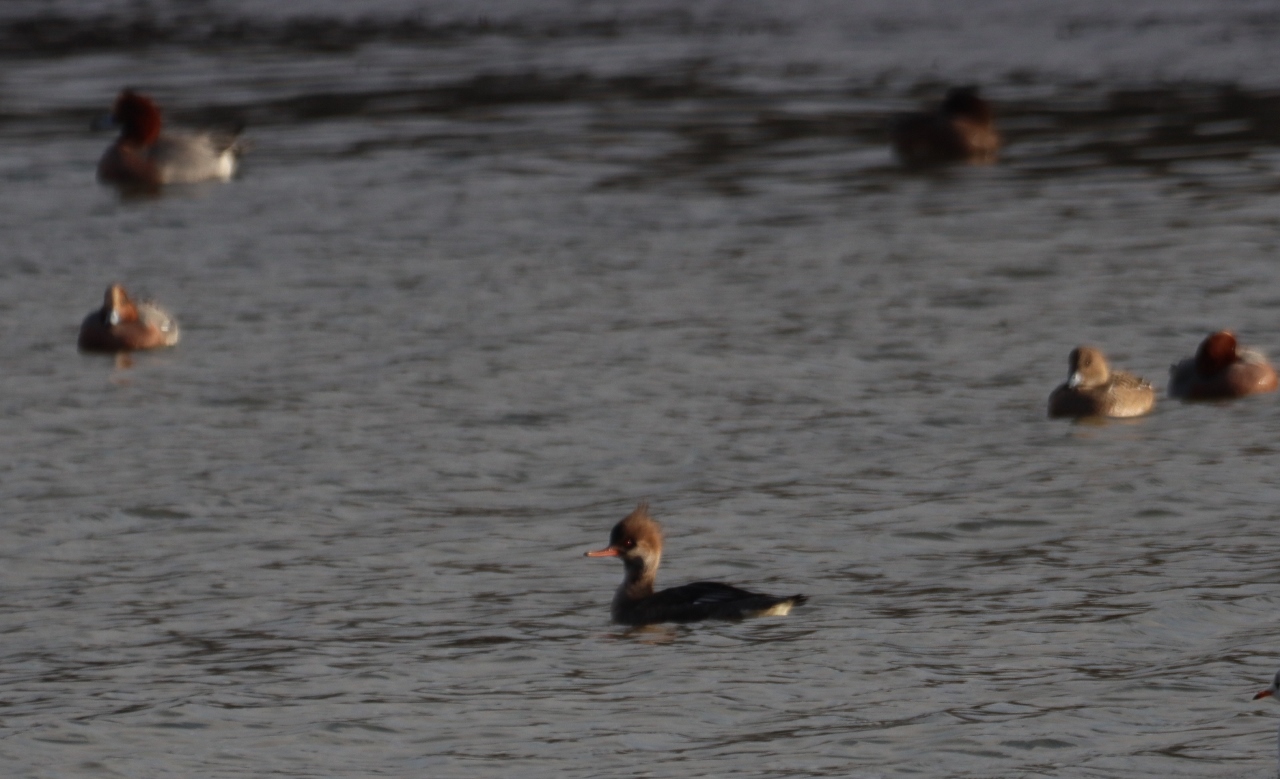


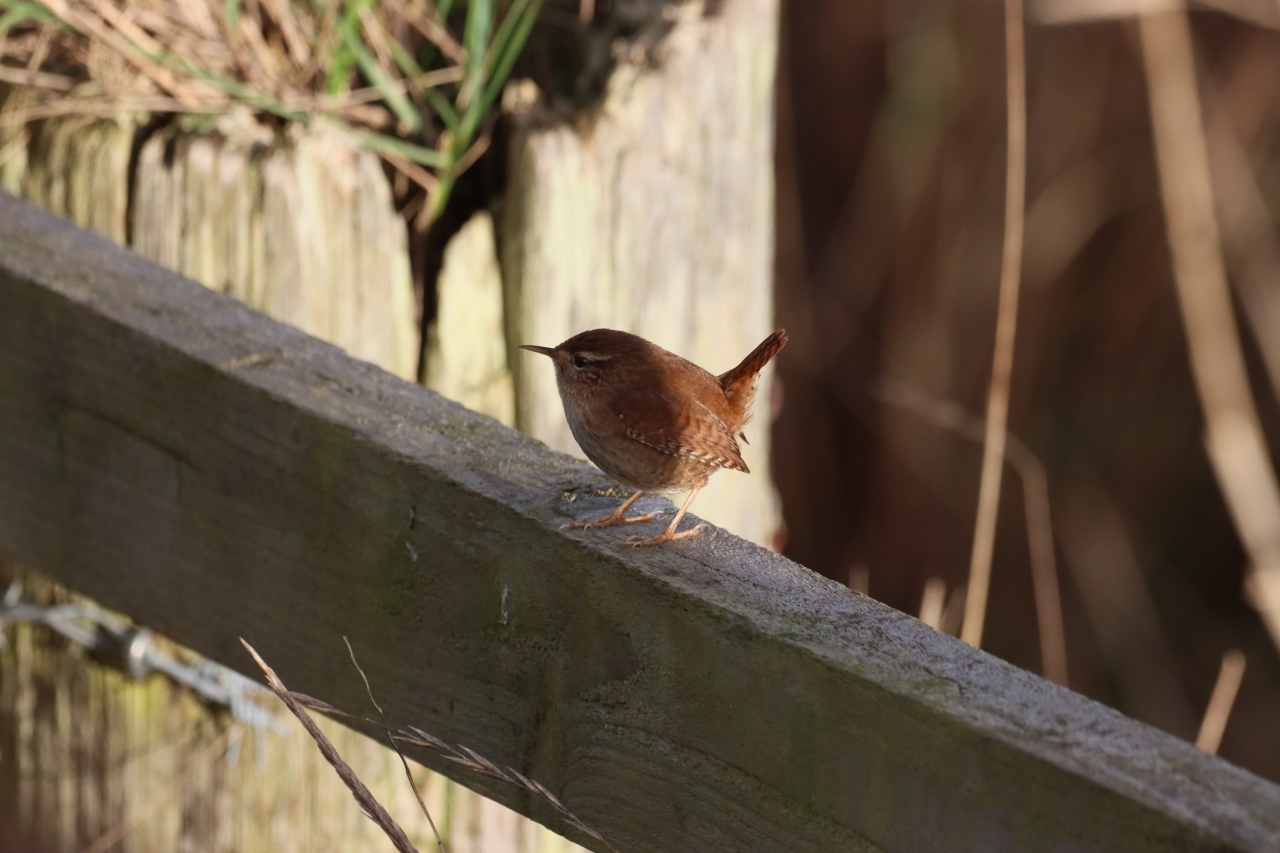
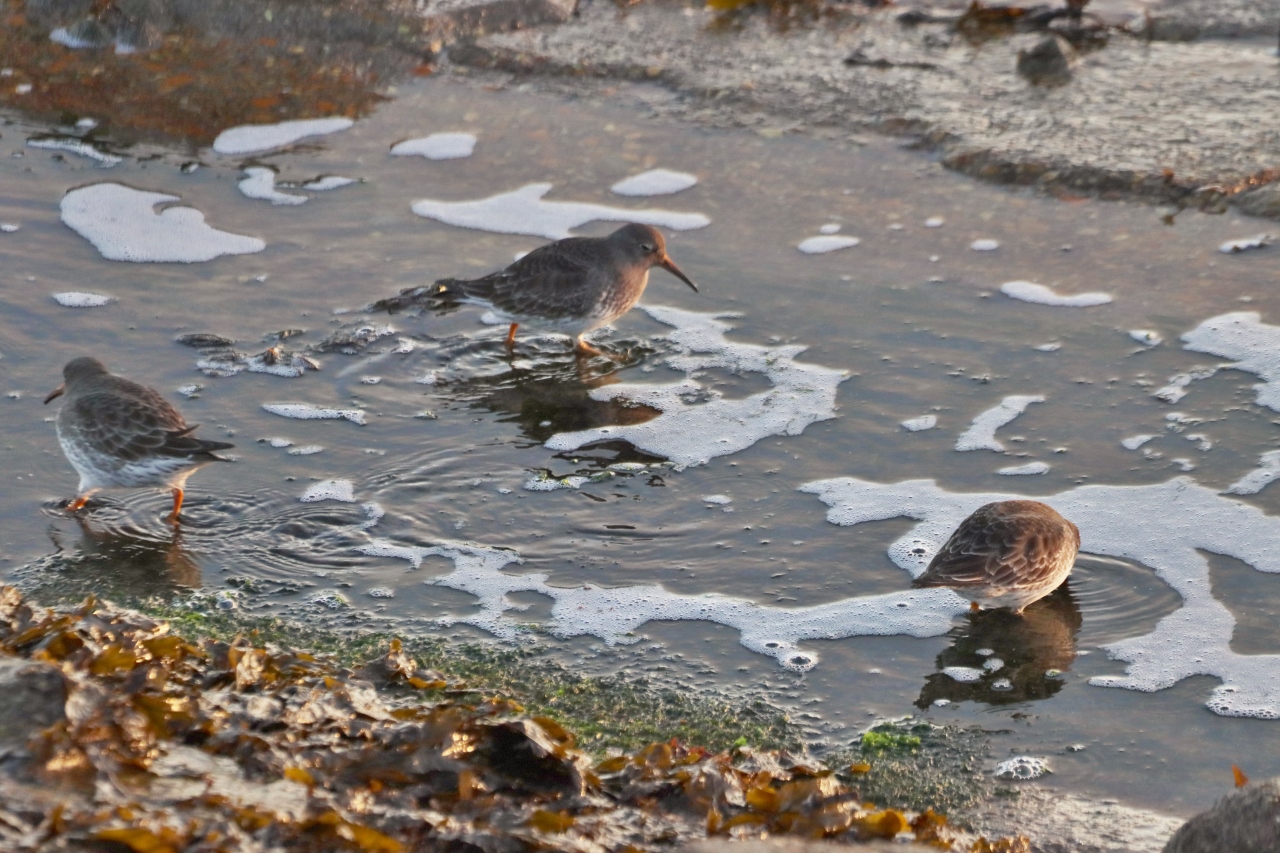
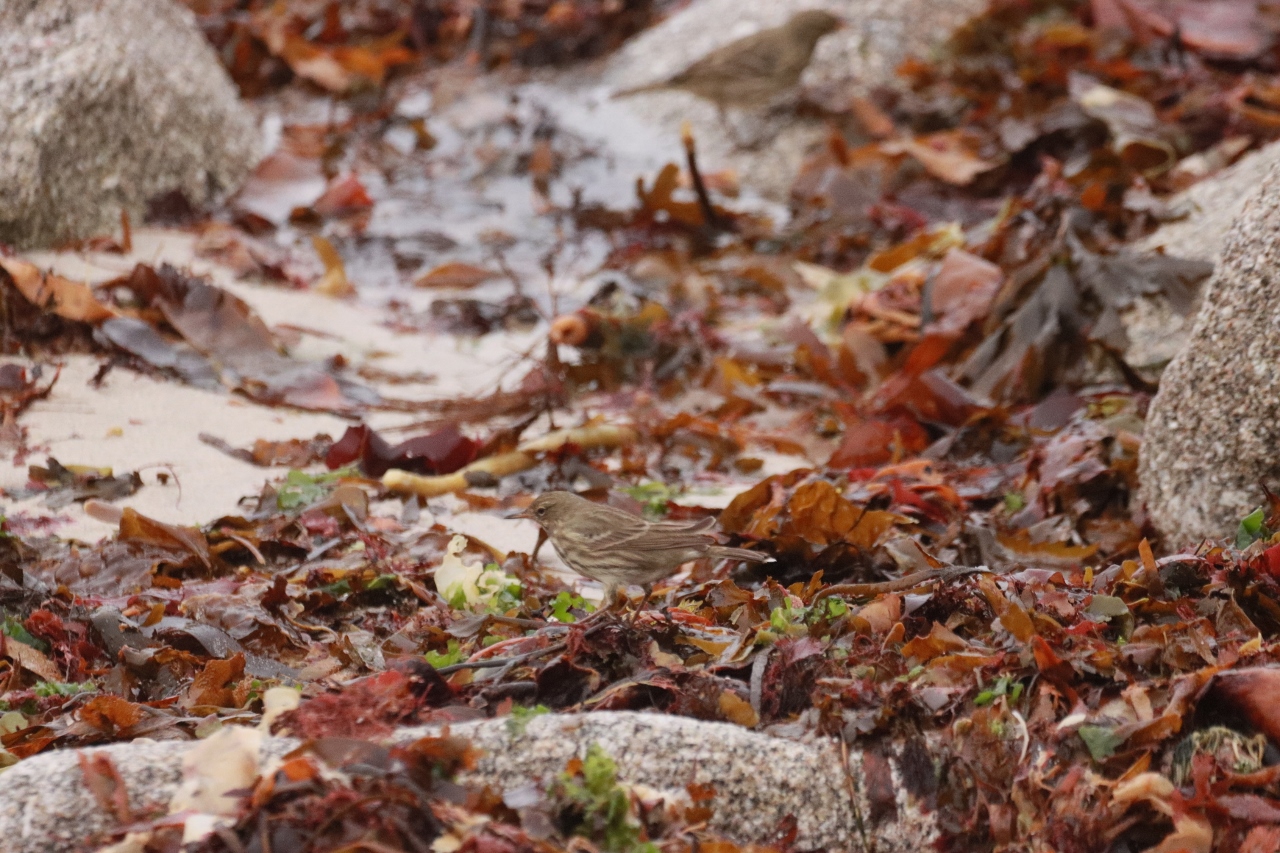



Recent Comments